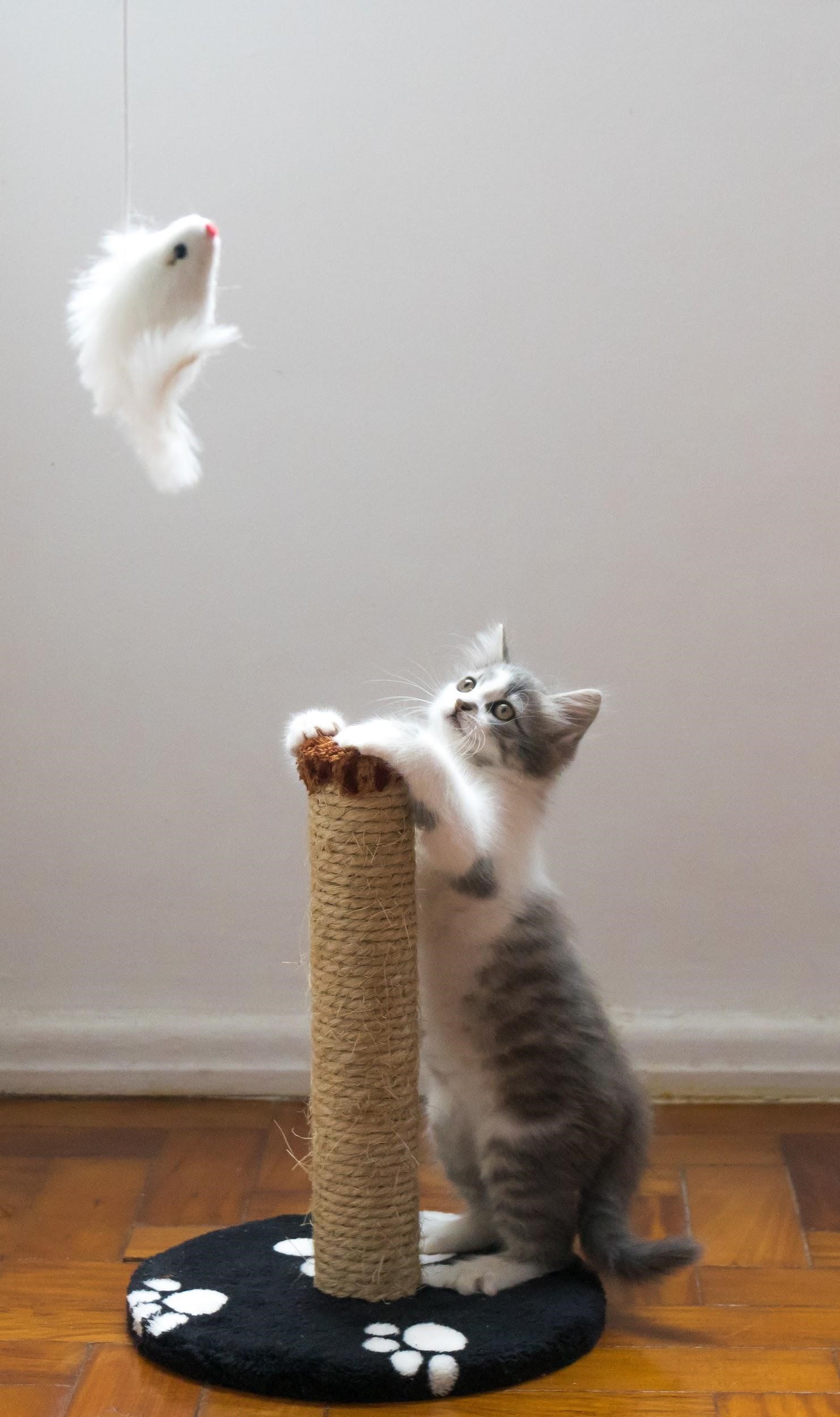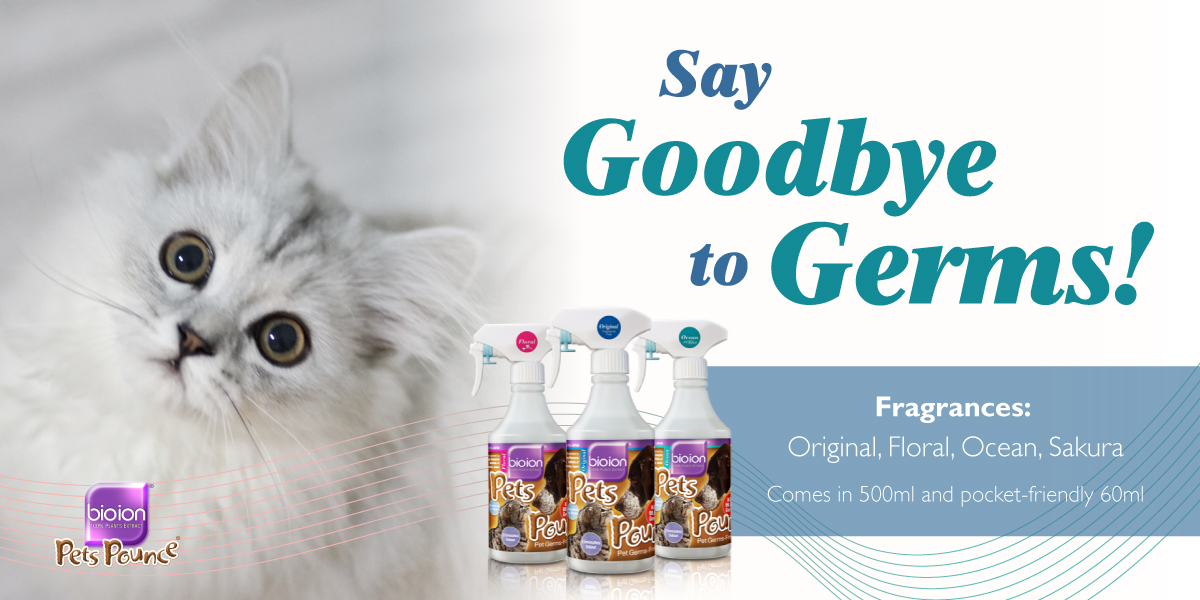The Wondrous Catnip: 3 Reasons Why Kitties Love It

When visiting the pet supply store, you’re bound to stumble upon a wide variety of catnip products for your kitties. From catnip-infused playing balls and toy mice to catnip sprays, bags, and even raw leaves, the sheer variety of catnip products is enough to make any cat owner wonder what exactly catnip is, and what it does.
What is catnip?

Source: D. Gordon E. Robertson
Scientifically known as Nepeta cataria, catnip — also known as catwort, catmint, and field balm — is a perennial herb from the mint family. Leaves of the catnip plant contain a substance called nepetalactone, and the smell released from this substance creates a chemical reaction that results in heightened states of happiness and euphoria in cats.
Cats react differently to catnip, and effects can range from inducing relaxation to increased active behaviour. Because of this chemical reaction, you’ll find that many toys that are filled with catnip leaves appeal more to most felines, although some cats may not be affected by catnip as well. Catnip oil can even be made into a bottle of spray that can be sprayed onto cat scratch posts and beds.
Why do cats love catnip?
1. Helps with anxiety and stress

Because of the sense of euphoria catnip induces in felines, it is the perfect substance to induce some relaxation in your cat. Give your cat some catnip to help ease its anxiety or to help them adapt to changes in their surroundings.
Catnip can sometimes work as a sedative and put your cat into a calming or sleepy mood. This can work especially well for older cats who are introduced to new pets in the home, if they are suffering from an illness, or even when they need to be calmed down before a visit to the vet, or a pet boarding facility.
2. Keeps pests away

The oily substance found in catnip, nepetalactone, is a scientifically proven pest repellent. While it quickly loses its ability as a repellent soon as it gets in contact with the skin, smearing it on other surfaces can repel all kinds of troublesome pests such as flies, termites, mosquitoes, and cockroaches.
With no pesky and harmful parasites and creepy-crawlies, your cat will be less prone to illnesses and able to live a healthier, happier life!
3. Makes them active

Some common behaviours when a cat is introduced to catnip include rolling up against, scratching, slapping, and rubbing against it. As feline obesity continues to rise in domestic cats due to inactive lifestyles and changes in metabolism, catnip is, therefore, one great solution for getting inactive housecats to get some much-needed exercise.
An excellent training tool

While training your cat, positive reinforcement, which is practised by rewarding your kitty for good or desirable behaviour, is a great way to simultaneously deepen your bond with each other. Because of its natural appeal to felines, catnip is a great training tool for your furkid.
For example, if you want to steer them away from scratching your furniture, you can place catnip around a scratch post so it becomes the object of their affection instead. Other ways you can use catnip as a training tool is to reward your cats with a little bit every time they exhibit desirable behaviour.
Some precautions
Though the benefits of catnip are aplenty, because of the diverse reactions that cats can have to it, some cats, especially males, may become extremely aggressive. At this point in time, you should stop giving them any catnip. Instead, approach a trusted vet, who will provide alternatives such as valerian or honey-suckle, which are equally excellent sources of pleasure for felines.
Cat owners should also take note that while catnip is not addictive for your kitties, giving it to them too often can make them unresponsive or cause them to experience diarrhoea and vomiting, so remember that moderation is key!









